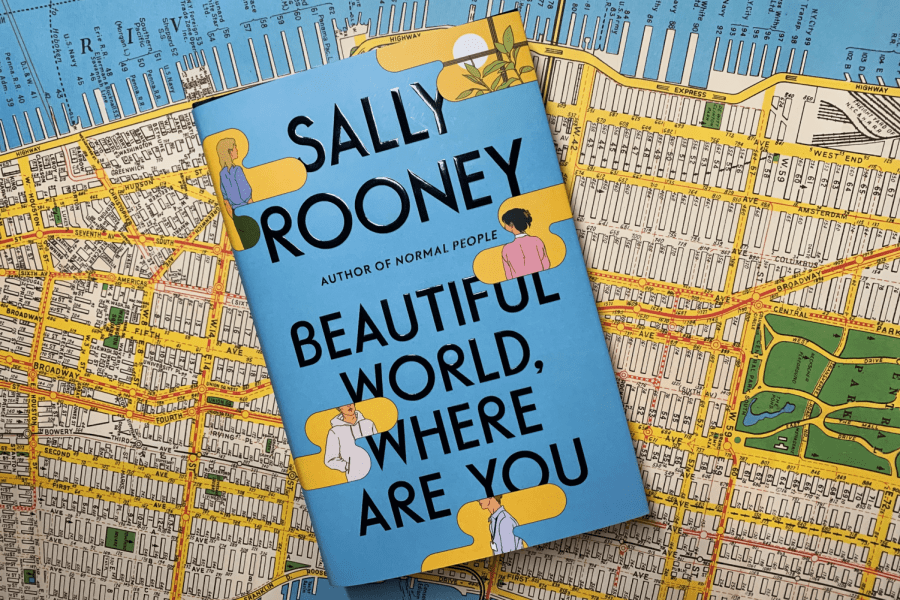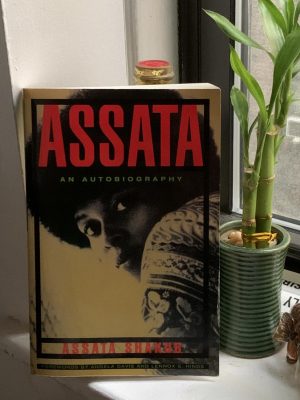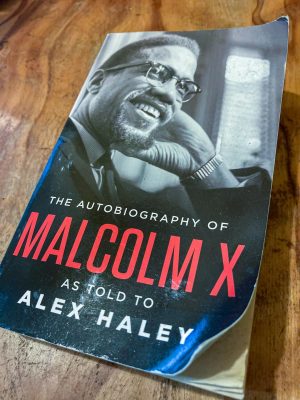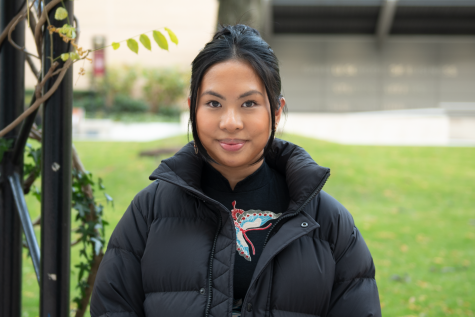‘Beautiful World, Where Are You’ Is a Gorgeous Coming-of-Age Story
Sally Rooney’s newest novel incorporates apt themes for readers feeling isolated or hopeless
“Beautiful World, Where Are You?” is Sally Rooney’s latest (and best yet) novel about relationships and alienation.
October 22, 2021
Brace yourselves: Sally Rooney’s newest book — “Beautiful World, Where Are You” — is an even more challenging read than her previous books, “Conversations with Friends” and “Normal People.” The novel follows the same plotless story that Rooney fans are accustomed to; however, it’s a refreshing approach to writing.
Alice Kelleher is a young, aimless Dublin novelist approaching her 30s, muddling this beautiful world with her friends — Eileen, Simon and Felix — through sex, romantic relationships and friendships. It examines the relationship between two eventual couples — Alice and Felix, and Simon and Eileen.
The dynamics between these characters are incredibly genuine and authentic. Readers can relate to and develop a connection with them on an emotional level through their dialogue. Rooney is infamous for her dialogue and quotations, and this book best portrays the deeper meaning of this world through the characters’ very brief but extraordinary dialogue. It’s awkward between the couples, resembling everyday life when it comes to relationships, and the emails depict many profound thoughts that compel readers to absorb the ideas as well. They start off with Alice and Eileen discussing their days to one another — eventually diving into their deep, profound thoughts about how messed up yet beautiful the world is at times.
The book touches on many subjects, ranging from capitalism and Marxism to social class tensions and climate change.
Readers get an omniscient view of these characters; it’s like watching a movie. Rooney focuses on physical descriptions, movements, backgrounds and facial expressions as she sets the scene. However, every chapter shifts tones, from the characters’ unfolding lives to thriving, never-ending messages among Eileen and Alice about the more mature subjects of everyday life; this allows the characters’ inner monologues to better highlight their dynamics. At times, the emails are more intricate than the present scenes of the novel and occasionally guileless yet bitterly intense and quite a bit nostalgic of those alcohol-fueled deep conversations in college.
The book touches on many subjects, ranging from capitalism and Marxism to social class tensions and climate change. The scenes between Felix and Alice depict the differences between individuals of different social classes very well; Felix works long, overwhelming hours at the warehouse, whereas Alice is home, checking her emails and reflecting on her life.
Rooney also projects her bitterness about book culture through Alice’s long rants. Alice states that “poverty, that misery, side by side with the ‘main characters’ of a novel, would be deemed either tasteless or simply artistically unsuccessful.” Alice believes that “the problem with contemporary Euro-American novel is that it relies for its structural integrity on suppressing the lived realities of most human beings on earth.”
Readers get a sense of Rooney in Alice herself; both are successful authors with two published books trying to find inspiration to write a third one during a pandemic. Rooney has been dubbed as “the First Great Millennial Author” by The New York Times, and through this novel, she reasserts her authority as the author by embracing the criticism.
Rooney pokes fun at how modern fiction tends to suppress real life for entertainment. Storytelling has become more superficial over the years; however, through Rooney’s plotless and purposely awkward writing, real-life madness and dullness are portrayed on paper again.
I believe this to be Rooney’s best book. This novel is precisely the story we needed as we begin to ease out of a year-and-a-half-long pandemic. Being trapped at home throughout quarantine was a traumatizing period of mental deterioration for many — or, for some, an opportunity for self-reflection — which is a consistent theme throughout the novel.
The emails reflect Eileen and Alice’s wide range of emotions, whether they are lonely, confused or generally unhappy with their lives. They begin to have a heightened sense of self-awareness and critical thinking. For instance, they realize how “the air we breathe is toxic, the water we drink is full of microplastics, and our food is contaminated by cancerous Teflon chemicals,” when they feel as if their life is going down the drain.
Rooney’s trademark style gleams among intriguing discussions about class-consciousness, language, religions and a myriad of other topics that defined the quarantine era.
But when everything is perfect, Eileen “begin(s) to feel it all over again — the nearness, the possibility of beauty, like a light radiating softly from behind the visible world, illuminating everything,” portraying the complexity and range of emotions felt throughout the pandemic.
Rooney’s trademark style gleams among intriguing discussions about class-consciousness, language, religions and a myriad of other topics that defined the quarantine era. The book’s new experimental and philosophical tone creates a desirable, abstract world that I found myself lost in and hooked on while reading.
The alienation theme of the novel was a perfect one because of how it related to the feeling of isolation during the pandemic. Rooney efficiently incorporates emails from the beginning of the pandemic — depicting how, despite our differences, all of us including her were in sync at a point in 2020. It was a very engaging writing style, and the emails between the two girls often had me talking to myself on the train on my way home.
This is a story of life, love, relationships and alienation, and it is exactly the story that Alice Kelleher would want to read.


















